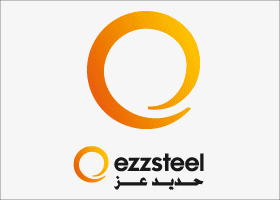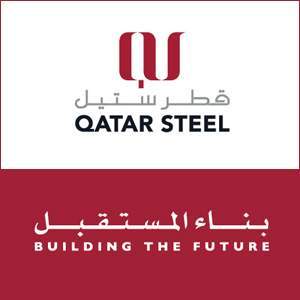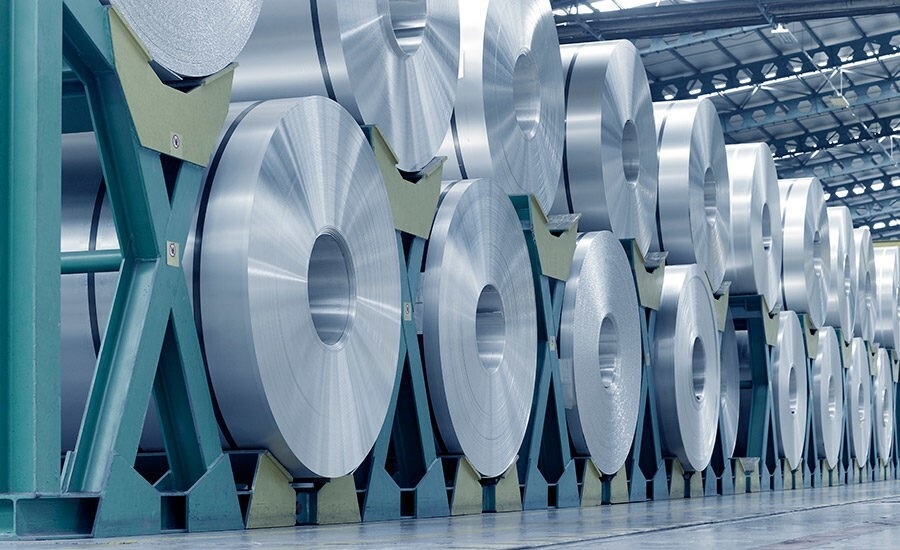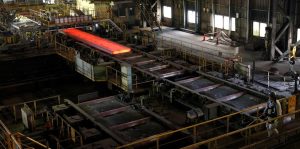The World Steel Organization expected global steel demand to rise by 1.7 percent to 1.793 billion metric tons during the current year, driven by increased demand in India as Chinese demand continues to decline.
The report indicated that after two years of decline and severe market fluctuations following the Corona pandemic, there are clear signs indicating growth in global demand for steel in the years 2024 and 2025, and the report expects global demand to rise by about 1.2 percent to 1.815 billion metric tons in 2025.
Martin Thöringer, Chairman of the Economic Commission at the World Steel Organization, sees early signs of global steel demand stabilizing its growth path in 2024 and 2025 after two years of negative growth and sharp market fluctuations since the pandemic in 2020.
According to the report, the global economy continues to show resilience despite facing several strong headwinds, the residual impact of the pandemic and the Russian invasion of Ukraine, high inflation, rising costs and declining purchasing power of households, growing geopolitical uncertainty, and strong monetary tightening.
“As we approach the end of the monetary tightening cycle, we have observed that tightening credit conditions and rising costs have led to a sharp slowdown in housing activity in most major markets, and have also hampered the manufacturing sector globally,” Thuringer said.
Demand for steel in China
The World Steel Organization expects that the demand for steel in China during the current year will remain at the same level as in 2023, due to the continued decline in investment in real estate, but the demand for steel from infrastructure investments and manufacturing sectors will compensate for this, and by 2025 the demand for steel will decline again to decrease. By 1%.
The report indicated that China may have reached the peak of demand for steel, suggesting a continued decline in steel demand in the country in the medium term.
Increasing demand for steel in India
The report indicates that India has emerged as a driver of steel demand growth since 2021, predicting that demand in the country will increase by about 8% during the years 2024 and 2025, driven by continued growth in all sectors of steel use, especially infrastructure investments. In 2025, steel demand in India is expected to be about 70 million tons higher than in 2020.
Demand in the United States and Europe
Demand in Europe is expected to grow modestly this year in light of higher inflation and tightening monetary policy, but it may increase by about 5.3% in 2025. According to the report, the European Union and the United Kingdom remain the region currently facing the greatest challenges such as geopolitical shifts, uncertainty and high inflation. Monetary tightening, partial withdrawal of fiscal support, and high energy costs.
In complete contrast to the European Union, demand for steel in the United States continues to grow, as the report expects that demand for steel will accelerate during the current year after a sharp decline led by a slowdown in the real estate market in 2023 thanks to strong investment activity, which received a boost from the inflation reduction law. And a gradual recovery in the housing sector.
Steel using sector trends
Residential construction
The use of steel in the residential construction sector has declined driven by rising interest rates and rising construction costs that have reduced steel demand in most major steel-using regions.
2023 saw sharp declines in housing activity in the US, China, Japan and the European Union. Weakness in housing activity is expected to extend into 2024 in most major markets due to tight monetary policy and a significant recovery in residential construction is expected to begin from 2025 onwards.
Manufacturing
Weak global manufacturing activity due to rising costs, uncertainties, tight financing conditions and weak global demand also hampered global steel demand in 2023. Key indicators point to the beginning of a recovery in global manufacturing activity in 2024.
The automotive industry was the notable exception to the overall weakness in manufacturing, with the sector finally showing a long-awaited strong recovery in 2023 thanks to pent-up demand and easing supply chain constraints.
After a year of strong growth exceeding 10% in all major car producing countries, we expect demand to be weak in most markets in 2024.
Infrastructure
Strong investment activity in manufacturing facilities and public infrastructure has boosted global steel demand in 2023. Investment in manufacturing facilities is driven by the ambition of major economies to develop strategic sectors and ensure security of supply for strategic components and materials against the backdrop of rising geopolitical tensions.
The green transformation of the global economy, which requires an economic transformation of unprecedented scale and scope, has been one of the main factors behind the strength of investments in public infrastructure. For example, a recent Economic Commission study estimates that global steel demand for new wind energy facilities will triple by 2030 to about 30 million tons compared to the early 2020s.
While the share of steel demand for wind energy facilities will remain relatively low in total global demand, it may provide a notable boost to overall steel demand in certain regions such as Europe.
Public infrastructure investments aimed at strengthening infrastructure against increasing climate change risks and rebuilding areas affected by natural disasters were also major factors supporting steel demand in some of the major steel-using countries in 2023 (such as Japan, China, Korea, Russia, and India). .
The organization expects continued strong investments in public infrastructure and manufacturing facilities. With rising construction costs and labor shortages likely to be a major constraint for many major economies, this could constrain further growth in public infrastructure and manufacturing facility investments in the short term.































